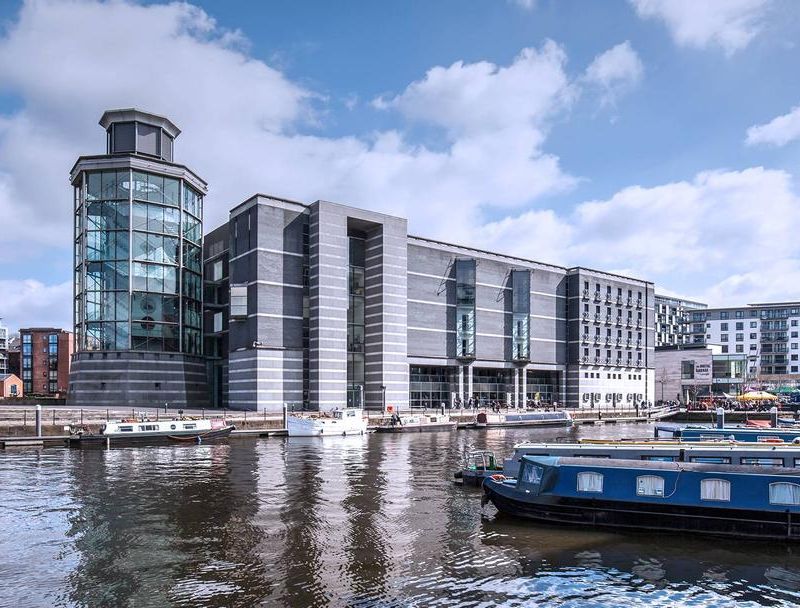
Gothic armour for man and horse
German High Gothic armour of the late 15th century has long been considered the supreme achievement of the armourer's art, epitomising the popular image of the 'knight in shining armour'. This fascination continues today, yet due to the ravages of time, very few complete late 15th century armours survive. As a result, many existing knightly armours, including this one, are made up of original fragments, roughly contemporary in date, with missing components restored and reproduced by dealers and collectors. The original back plate is particularly fine, with its narrow wasp-like waist and radiating flutes. It echoes in steel the fashion of the time for men to wear tightly fitting doublets, emphasising or simulating their slender figure and ideal 'v-shaped' torso.
The accompanying horse armour is equally remarkable. Although partially restored, it is exceptional in being one of only three Gothic bards to have survived. Comprising a shaffron, crinet, peytral and crupper plates, the armour's large surface area provided ample scope for decoration. According to tradition, the armour originally belonged to prince Waldemar VI of Anhalt Zerbst/Köthen (1450-1508) and remained in the armoury of the dukes of Anhalt until it was sold in the early 20th century. It was bought by the Tower Armouries in 1958.
Physical description
The sallet (IV.15) is of one piece with a flat medial ridge, a single sight and a moderate tail. The bevor has a single gorget plate and is probably modern (III.1300). The breastplate is in two parts, the plackart with a pierced finial, the lowest plate of the fauld restored (III.69). The backplate is fluted, with a laminated culet (III.70) The left vambrace has pauldrons of 6 lames, of which the main plate and the two lames above are restored, upper and lower cannons and a shell-couter, all with shallow curved flutes (III.1216). The right vambrace is a modern restoration to match. The gauntlets have pointed and fluted cuffs, the edges of the plates fretted; the fingers are restored, and the remainder doubtful. The cuisses are long with five extension lames above the main plates, and hinged extensions around the side of the thigh. The top four plates and upper side plate of the left cuisse are restored, as is the bottom plate of the right cuisse. The poleyns have heart-shaped wings embossed with diamonds. The greaves are of a three-quarter type and original. The sabatons are modern.
about 1475-85
Steel, leather
2450.0 mm
II.3, IV.15, III.1300, III.69, III.70, III.1216, VI.379 A-E
Image and text © Royal Armouries, 2020
Where you'll find this

Royal Armouries Museum
Permanent collection
Discover more

Gothic armour for man and horse
Treasures of the War gallery
•
1:30




